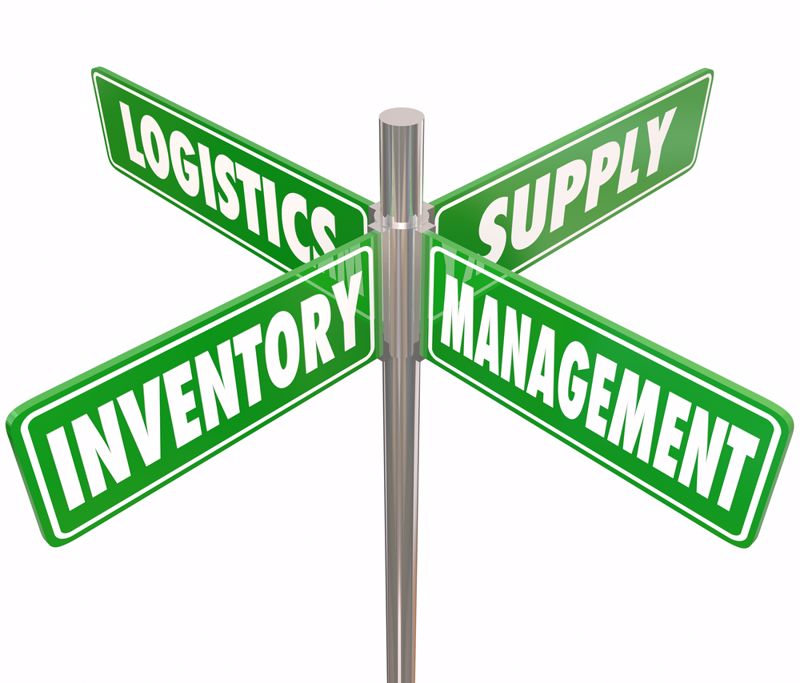What is strategic stockpiling?
Strategic stockpiling involves the ongoing collection of inventory that are uniquely important to a business in terms of sales or movement of a product. For instance, if a particular type of item or flavor is especially popular with the buying public – as might be the case for a soft drink manufacturer or grocer — that business would need to amass those ingredients to keep up with demand. Strategic stockpiling is a go-to strategy for a number of midsize and large organizations that have the means and overhead to store those essentials on a mass scale.
Instead of business as usual, more organizations are adopting strategic stockpiling as a supply chain solution to the conundrums that they're facing. Indeed, in a recent poll conducted by JPMorgan Chase, nearly two-thirds of midsize companies said they were prioritizing this option as a workaround to their situations, making it the most popular choice for supply chain management, ahead of adding a broader array of global suppliers (51%) and investing more in the logistical arms of their operations.

Are any risks involved?
But strategic stockpiling does carry some risk, one of which affects the broader economy. That's because amassing certain raw materials, ingredients or parts can contribute to shortages and a growth in prices. Take what's happening with the cost of food. From eggs to beef to corn, staple products such as these are becoming more and more expensive. Dairy prices are skyrocketing as well. For the week ending Dec. 11, the average price of butter reached over $2 per pound, according to federal data compiled by Global Trade. Nearly a month later, AA butter topped $2.65.
Another risk that comes with strategic stockpiling is if demand suddenly changes. One of the advantages of adopting a just-in-time inventory strategy is businesses don't have to worry about not recouping what they spent on their inventory. Keeping just enough on hand solves that.
But if other supply chain challenges manifest themselves of the kind that prevent businesses from using or selling what they've stockpiled, businesses may not earn back what they spent to build up their inventory of mission-critical goods and ingredients, especially if that inventory is time-sensitive.
The domino effect of supply chain pain frequently winds up affecting the consumer public. In other words, when businesses incur higher costs or profit losses, they offset them by charging more for those seeking their services or products. In a recent survey of chief financial officers done by the Federal Reserve Bank of Richmond, 80% of respondents said they had raised their prices.
There is no perfect solution to supply chain frustrations, but strategic stockpiling is an alternative that companies view as their best move in an ever-changing and disruptive environment.



Post A Comment:
0 comments so far,add yours